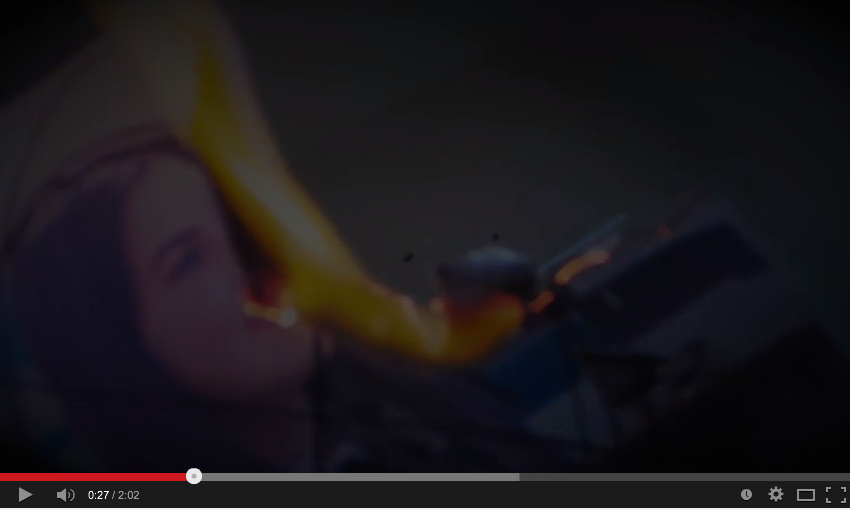Question seven - Looking back at your preliminary task, what do you feel you have learnt in the progression from it to the full product?
The purpose of a preliminary task was to learn how to use the equipment e.g. camera and tripod and get an aspect on what it would be like to film an 2 minute opening sequence. I had to familiarise myself with the camera, tripod, memory card and most importantly my group members; Hannah and Oliver. This was our first task as a group, so from this we could also see as a group who was good at what and what they would take the role of in the process of our opening sequence.
This was our first use of the camera and tripod as a group and each had our own knowledgeable aspects of them. The preliminary task was to create a short clip, including five uses of cinematography, these were zooming in, zooming out, over the shoulder shot, panning shot and close up. All of these had to be captured using the tripod. For this task myself and Hannah took the roles of the actors and Oliver took the role of being director of photography. Oliver had the main role of using these, although along the way we helped each other in capturing the right height of the scene and the things included.
Learning how to produce these uses of cinematography meant I had a head start for when creating my thriller opening sequence, and was knowledgeable on how to produce each one smoothly and well. Furthermore, the preliminary task also meant we could re-take as many times as we liked, meaning more practise using the camera and tripod.
As a group we discovered that the director or photography needs to have a lot of patience and control over the camera, and most importantly the actors.
The camera had a featured touch screen, this meant I and my group could watch back what we had recorded and discuss what needed and could have been improved, which I found worked very well, as we was honest with each other and meant we could all share our opinions.
The preliminary task also meant I had the first chance to use Final Cut Pro X, giving me a head start for when filming my thriller opening sequence. The first use on Final Cut Pro X allowed me to discover new editing skills and different uses of sound and colours I could use.
Overall, I believe that me and my group worked well in considering all the right research and skills we needed to learn and work together to create our thriller opening sequence.
My thriller opening production has benefited from this preliminary task and has ensured I reach the highest standard that I could have. This has helped attract my/our target audience and give them a reason to carry on watching my film, ensuring that they feel a high amount of emotion when watching.


